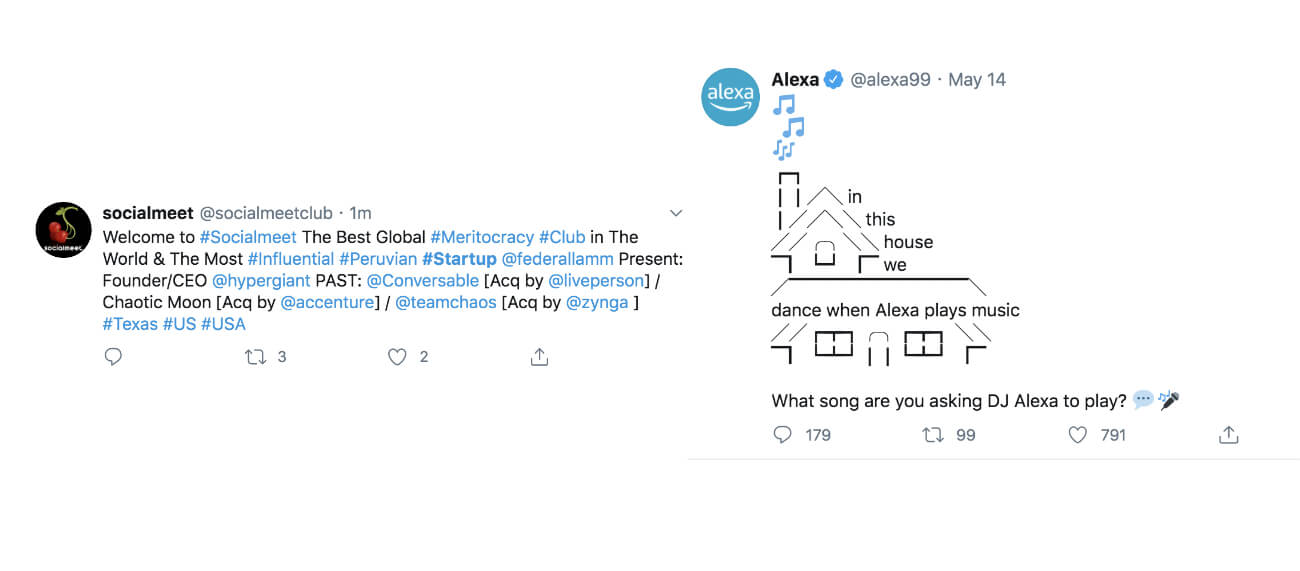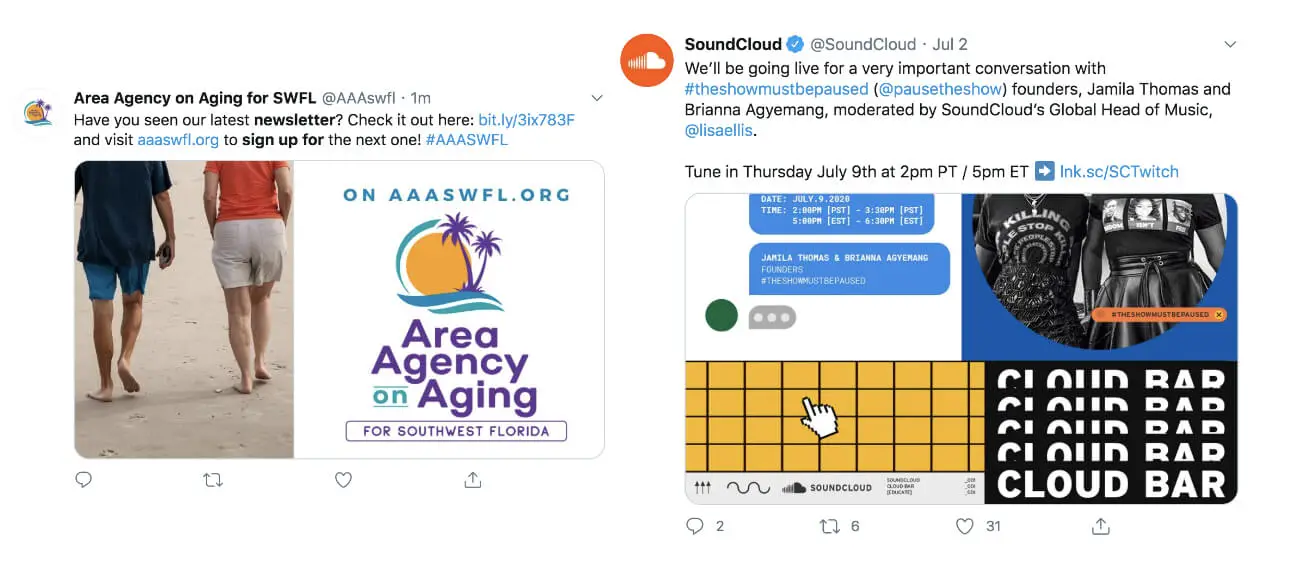
How to Write Copy that Converts. Marketing for Social Media for Startups
In the age of mass-social media consumption and an increasing remote work force, businesses have to find ways to cut through the noise and reach their communities online..
It’s no surprise that marketing has shifted from physical to nearly exclusively digital. In fact, with nearly 50% of the world engaging social media platforms and the amount of remote jobs increasing globally (less overhead for employers, better lifestyles for employees, etc), it’s foolish to think that digital marketing is going anywhere, anytime soon. Like the days of community bulletin boards and town criers, marketing has always needed to go where the customers are, and it’s no different today. Customers are online.
But let’s cut the formalities- we know that digital marketing is important and there is an increasing amount of businesses attempting to get the most screen time with their customers. Social platforms like Facebook, Twitter, Instagram, Pinterest, TikTok, and more (I could go on with a very long list), are the new “social gathering places” where businesses must offer value and (hopefully) earn some coin.
As any competitive engagement (think of it like a sport), there will always be room for the best, meaning that the way a social platform is engaged by a business, needs to be beyond anyone's expectations. One of the most effective ways to achieve this level of prominence, is through effective copywriting- the way your captions, blog posts, announcements, newsletters are made, can greatly affect how or if your target users convert into paying customers (or newsletter subscribers, followers, etc). You must be a good storyteller.
The 1-Second Funnel
You may or may not have heard of the theory that social media is destroying our attention spans, and that the average human’s attention span has dropped to shorter than that of a goldfish? While there is a lot of speculation as to the long term effects of social media on attention (it’s only been around for about a decade), it’s an irrefutable fact that social platforms are doing whatever they can to keep you on their platforms- which means constantly bombarding you with posts via your feed, trying to hook your attention and get you to engage with likes, shares, comments, and more.
So let’s take a look at how a single social media post is digested by a viewer, and how we can understand the complexity of this interaction to create a template for creating our own, effective posts. It’s a little step by step formula I created called the 1 second funnel:
- First, a post must catch visual attention in the feed.
- Second, a post must deliver immediate value with a clear message. (hint: Its not about what you want to say, its about what they want to hear).
- Then, a post invokes a premeditated reaction (this is the conversion).
- Lastly, the post must empower user to share. (hint: people share for selfish reasons).

While perhaps not a formula like a+b=c, if you have all of these elements in a post, you’re much more likely to get the desired result from your customer base- a clickthrough action that leads them to your website, store, etc. Now I must also mention that I am approaching this copywriting question from the standpoint of somebody with a clear desire to sell/promote something. You’ll see a variety of posts on social networks that don't follow this format to a T, primarily because they have other attentions (such as simply sharing or, in many cases, complaining). For our context today, we will be talking about posting for intended, targeted interaction.
Now, let’s dive into each of these sections of the funnel, to understand how they work in action, and how you can create successful posts that are set up for success (hint: there’s a downloadable post template at the end of this article).
1. A post must first catch visual attention in the feed.
When you think of visual, you probably are assuming I mean images/videos. While that type of content is certainly important for getting engagement, you should also think about the way your copy catches visual attention. Fancy words, interesting capitalization, run-on or sentence fragments, they all make a big difference, and will immediately let a viewer know if your post is worth their time or not. Have a look at the two examples below:

It’s pretty obvious that the image on the left is trying to cram as much as they can into the post and, as a result, the visual effect is pretty sickening. In contrast, the image on the right is using space in a very interesting way, and it’s visually appealing, which makes it immediately more interesting (and easier) to consume. Remember, this first part of the funnel is about visual appeal, to be noticed in the feed. Here are some tips for improving the visual representation of your posts copy:
- Keep hashtags away from links (too many symbols and colors).
- Use colorful words, but don’t make your viewer feel dumb.
- Watch for unique trends (alt keyboards, text effects) its a battle of attention, after all.
2. A post must deliver immediate value.
Once someone is caught by the visual appeal of your post, you have literally a fraction of a second to deliver them value. The concept of delivering value should be nothing new to the startup/business world, but in case it’s unclear, you have to give value before you can expect anything in return. Value also comes down to understanding your target audience, which I know is a bit of a broken record to hear, but allow me to flip the record over and offer a new perspective:
It’s not about saying what you want to say, to get them to understand the value. It’s about saying what they want to hear. Have a look at these two examples below, to help illustrate the contrast between a post that is clearly speaking from the mindset of the business, versus one that is telling the viewer what they want to hear:

I understand that this concept of telling a customer what they want to hear might seem in-genuine, but I invite you to really step into the mind of the customer and understand that your job is to answer the question they are asking themselves, not a question that you think they need to be asking. That direct answer (value) has to be delivered within a fraction of a second.
It’s also important to be mindful of the length of your copy. Long posts work on some platforms (Facebook, LinkedIn, Medium), but not so well on others (Twitter, TikTok, sometimes Instagram). Remember the attention span thing- and then think about who your target users are. Are they the types of individuals who like to spend extra time reading something for context, or are they likely to swipe away if your post takes more than an ounce of mental bandwidth to read and understand? A lot of this varies by industry and topic, so it’s up to you to make some assumptions, then go out and test.
If you want a challenge that can help you come up with how to deliver this type of immediate value to your target audience, start by evaluating the dogmas of your industry. Identify those stereotypes that revolve around your community, and research what the general consensus is, on the social platform of your choosing. Then, craft a message of value that perhaps shocks, delights, entertains, or completely disowns the status quo of that dogma.
Crypto currencies are revered by younger, tech generations, but borderline feared by older individuals- which one are you speaking to and what can you say to give them that sweet stimulation of value? Remember, it has to happen quickly, but only after they are attracted to your post in the first place!
3. A post must invoke a premeditated action.
Alright. We’ve gotten their attention and given them some sort of stimulant to keep them engaged, through value. Now, the moment we’ve all been waiting for- the conversion! I would argue that your entire post should revolve around the topic of your conversion- are you directing people to sign up for a newsletter? Perhaps you want them to click a link to read an article you wrote, or maybe it’s a direct link to a product page of yours, where you hope they’ll spend their hard earned money (hint: they probably won’t, right away)?
By starting off with the decision of which action you want your target user to take, and where they need to take it, you can craft the visual and value components of your post to lead up to the obvious decision of clicking that link (or whatever you want them to do). Have a look at these two posts below and ask yourself, which one would you likely be inclined to click the link?

Jokes aside, the second pic is much more likely to get qualified clicks. While the first post might seem to be doing a lot with its hashtags, it’s very unlikely that the conversion traffic is high quality. Remember, we’re after quality conversions, not necessarily engagement. I’ve found that for some people, it can be challenging to even decide on what to point their potential customers to, so here are some ideas of what you point your traffic to:
- Direct users to your newsletter signup, where you can later engage them more directly.
- Direct users to your website, to answer a particular question that you’ve posted to them.
- Direct users to follow your account, or to send you a private message, or to just like the post itself.
- Directing users to contribute their thoughts via a feedback form or similar.
As for the copy itself (what you write) that invokes an action, you do need to be choosy. Depending on your target customer, they may or may not receive textual guidance positively. As an example, posts that say something like “click this link to learn more” infers that you gave enough value to the reader that they began to ask additional questions. “Join our exclusive mailing list” infers there is a level of secrecy that they are being invited into- but note they are probably aware that it’s not THAT special if you posted it on Twitter.
“Whatever you do, don’t click this link” is more or less a comical take, but can be extremely effective if your target user appreciates sarcasm, or the value you delivered previously was so shocking and/or insulting to their belief, that the additional info you’re offering them could be borderline dangerous to them (again, it’s likely a comical take). While I agree it’s a bit clickbait this way, remember that all is fair in social media marketing and conversions!
4. A post must empower viewers to share.
Lastly, we must discuss the importance of shareability- the sweet conversion that keeps on converting (if done right). By sharing your post, your content is now in an opportune position to be digested by an entirely new user base- the reposters followers. From there, it can be shared by another follower, onwards and upwards until you find yourself buried in a sea of notifications. If there’s one thing to take away from this article, it’s that conversion rates will scale along with your engagement. I believe in the 10% rule, which means that 100 views on a post will more or less convert to 10 engagements, of which 1 will actually follow through on the other side of the link (purchase, sign up, etc). Scale that upwards- 1,000,000 views on a post will convert to 100,000 engagements, which will convert to 10,000 follow throughs (I hope I did my math right.. Intervals of 10, yeah?).
I want to quickly make a point that is relevant to the intent of sharing content on social media. People share for selfish reasons. I discovered this phenomena after years of trying to crack the code of what makes people share content, and was reaffirmed when I read of a similar claim made by Tim Staples, author of the book; “Break Through the Noise”. People share content because of how it will make them appear to others- what they put on their digital wall is no different than a teenager putting up posters of artists, bodybuilders, models, etc on their bedroom wall. With this in mind, we must understand that in order for someone to share a post, they need to feel confident that it will represent them well, on their own walls, for their followers to see.
Now, there are a ton of other important points to consider when formatting your copy to be shareable. For example, how do you know if your content is even reaching the right people? How do you optimize the content on the OTHER side of the funnel (your website) to convert? These are all questions that have a variety of answers, depending on your niche or target audience. That’s a bit more than we have time for in this article today, but if banner ads are your game, check out this other article I wrote.
Free Posting Template!
If you attended my online workshop of this presentation (which you will be able to view on YouTube and Slideshare soon), then you might remember that I mentioned a social media posting template that you can use to create your own copy- kind of like a madlib! I gave the template away for free at the workshop, but here I am offering it for the extremely steep price of $3 USD. I just need some help feeding my coffee addiction. :) Click the button below and you’ll get take straight to the download page. You can use this template to create your own posts for social media.
Conclusion
In conclusion, social media can be a gold mine of conversions for customers, community members, and more. However, it takes determination and flexibility, to build trust and turn your average scrollers into converting leads. If you enjoyed this Mod, you might like to read more about how why social proof works for increasing conversion rates! Please share this Mod using the social links below. Any questions or comments? Let us know on Twitter!

